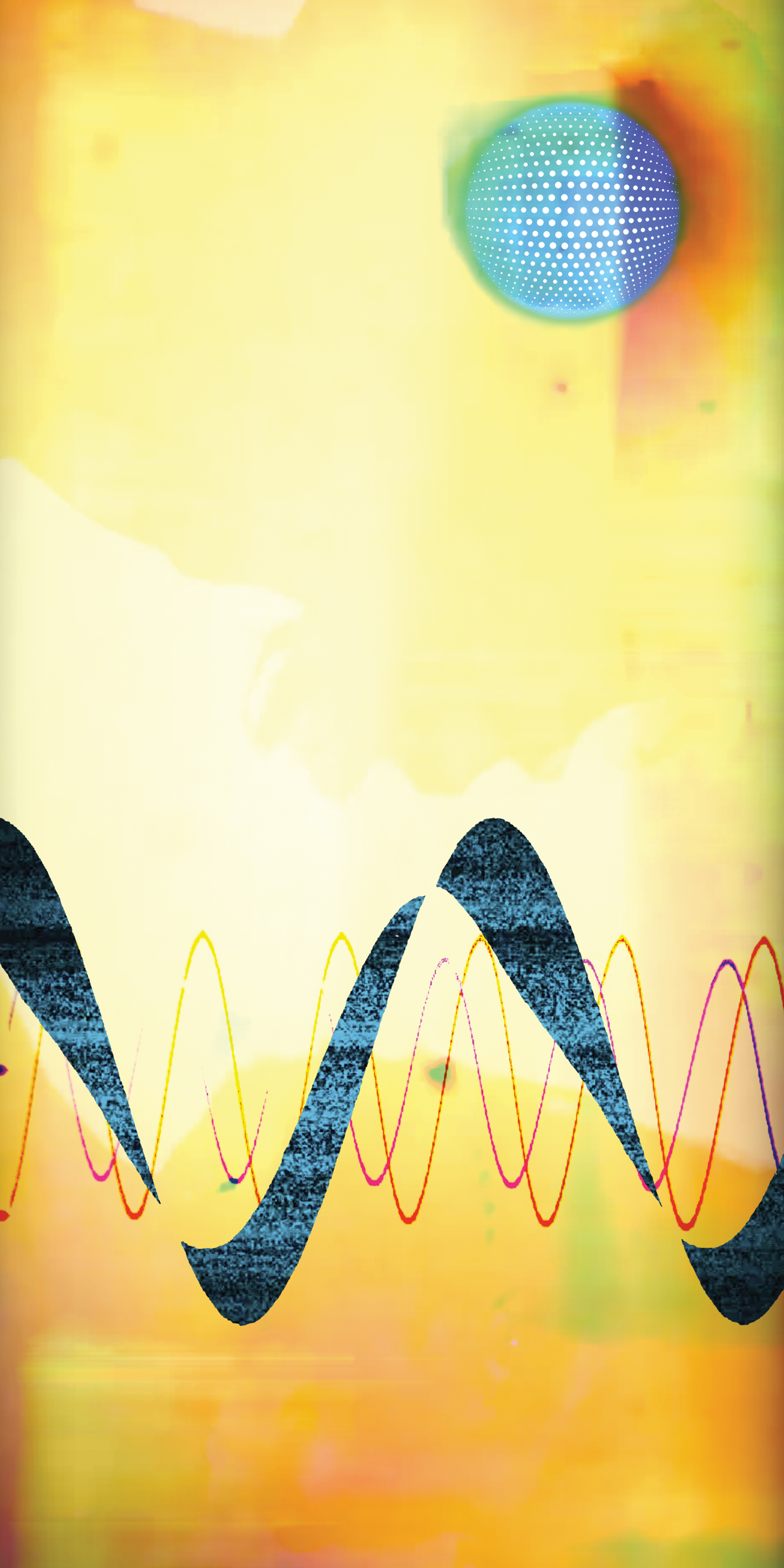I've been haunted by the EMS Synthi AKS3 since watching footage of Roxy Music on the Old Grey Whistle Test (British TV show) where Brian Eno [Tape Op #85] created a bubbling bed of exotic alien noise using this portable, modular synthesizer during their 1972 performance of "Ladytron" (look it up on YouTube, it's over the top in all the right ways). In that performance, Eno coaxes a variety of cinematic sweeps and fantastic belches from this mystery box which looked closer to a Doctor Who control panel than an instrument belonging in a rock band – all pegboard-patched like a game of Battleship with an insanely expressive assortment of knobs and joysticks instead of a twelve-tone keyboard. He comes across like a wizard or a scientist, or both.
When Brian Eno gifted his beloved Synthi AKS to David Bowie in 1998 (a synth which had featured significantly in the soundscapes of Bowie's "Berlin Trilogy" of Low, Heroes, and Lodger, he included a note that read, "Look after it, patch it up in strange ways – surprisingly, it can still make noises that nothing else can make." Of course, finding a vintage Synthi in proper working order is rare, and there's no world in which I'm able to justify the approximately $20,000 (or more) it would take to secure one anyway.
Well, now we have the SYNTRX from Erica Synths. Inspired by the EMS Synthi AKS, this is a 3-VCO analog modular synth roughly the size of a briefcase with a digitally controlled patch matrix. The patch matrix functions like the original pegboard in that the player must patch each "module" to enable routing and modulation of audio. The matrix can also serve as a mixer or splitter with some clever patching, but the accurate headline here is that you can save and recall up to 254 patches to memory. A classic Synthi with total patch recall! You navigate the patch points with two endless encoders to the left and right of the matrix, like an Etch A Sketch, and press down on either encoder when you wish to make a patch connection – the right encoder is a simple on/off patch-maker. Still, the left encoder allows you to attenuate your patches, toggling between 100%, 70%, or 30% signal strength values, which further lends to the experimental nature of the instrument.
The signal path is entirely analog, with each "module" or section having an output level attenuator. I was pleased to find you could play the SYNTRX paraphonically by feeding two separate control voltage signals into the two CV inputs. OSCILLATOR 3 (which scales nicely up into audio rates) follows OSCILLATOR 2 if CV is patched to input 2.
Other details I liked with the SYNTRX: The RING MODULATOR section is aggressive and can lead to insane atonal metallic "Dalek" sounding drones. The wave SHAPE knobs don't have inputs on the patchbay (which is analog, but digitally controlled), so there is no opportunity to modulate them for pulse-width modulation or PWM – but of course, you can insert some interesting frequency modulation (FM)-style patches by hooking up any oscillator as a modulator. If OSCILLATOR 1 and 2 are hard-synced to each other and modulated by OSCILLATOR 3, it can lead to an almost PWM-like sound (especially if two square wave shapes are used).
The resonant low-pass filter can be pushed into self-oscillation and has some bite and growl when you drive it (kinda reminds me of a Wasp at extreme levels). There is also low-pass to hi-pass filtering on the two outputs, effectively a master tonal control.
One of the elements that I quickly grew to love on this synth is the physical spring reverb, which will self-oscillate if you turn up the FEEDBACK knob. In addition, leaving the internal speakers switched on and turned up can lead to some fantastic sound design options, especially when taking advantage of the looping TRAPEZOID envelope generator or sample-and-hold circuit in your patches.
Things get genuinely expressive when patching in the included X/Y joystick controller. With attenuators for each axis, you can dial in exactly how much bi-polar control voltage you want the joysticks to pass to the other modules. Experimentation is often rewarded here, and patching multiple signals or control inputs to the joystick leads to a sweepable range of tones or gestural modulations. Meaning, you can get your "Ladytron" Eno freak on – but dial it back when needed via the attenuator knobs. I had fun patching the X-axis to oscillator frequency using the attenuators to match perfect intervals against the other oscillators when the joystick is at its extreme of travel, so I'd have a "safety" interval to return to when sweeping between pitches. Combining this with the Y-axis patched to control envelope decay and reverb mix settings yielded everything from droid-like blips to beautifully dark sci-fi melodies.
Processing external audio through the inputs generates a vast array of new ideas and warped fun. Classic ring mod robot tones on vocals? Yep. Wildly modulated sample & hold guitar solos? Sure. This box rewards experimentation and seems to excel at otherworldly timbres that no other synth in my collection can replicate. The SYNTRX is a true modern masterwork. At $3000, it's undeniably pricy but still about a tenth of what you'd pay for an original, complete Synthi in playable shape. Small price to pay if you want to "make noises that nothing else can make." This synth is the one full stop.




_disp_horizontal_bw.jpg)